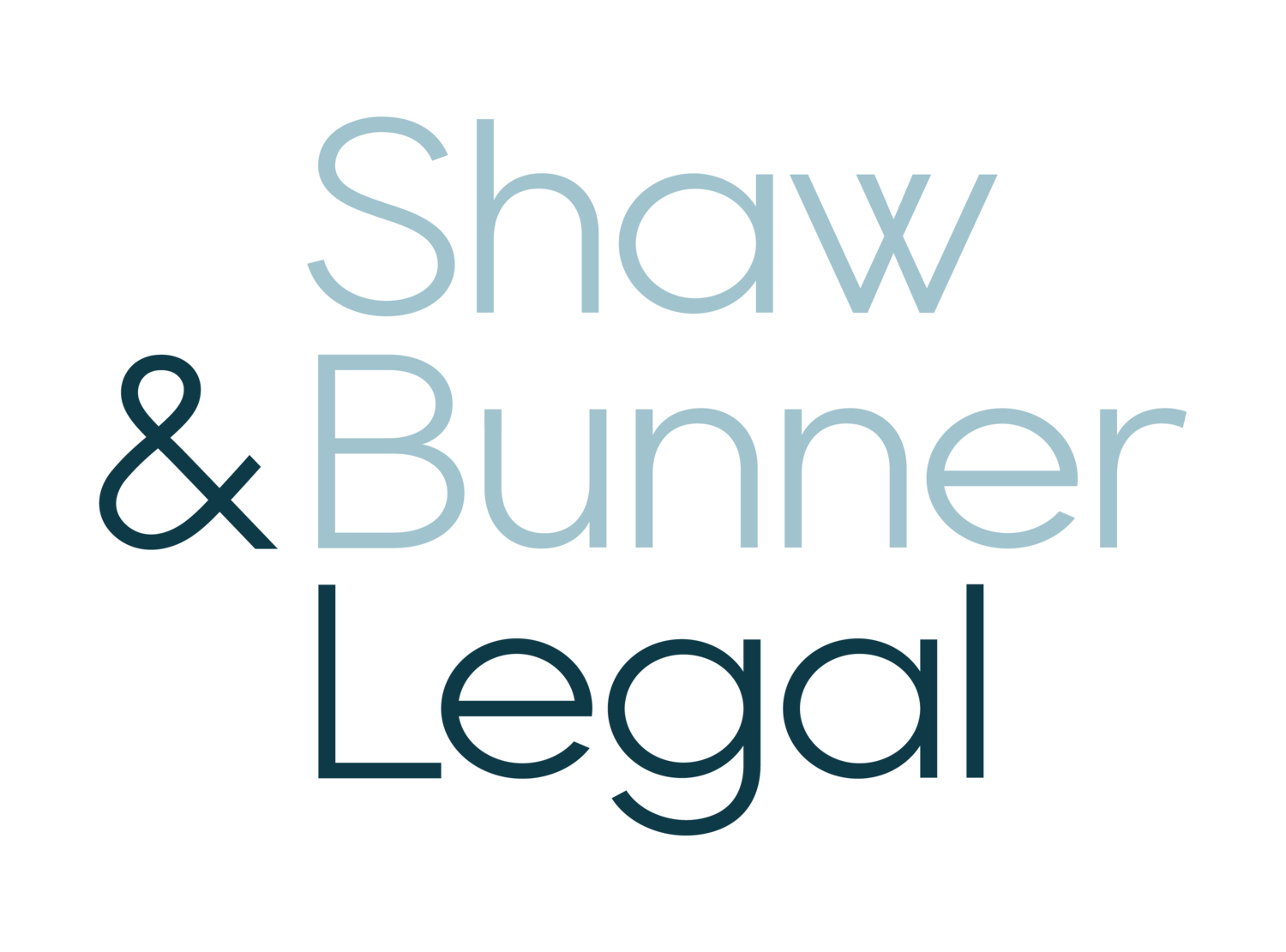What Is Whole Person Impairment (WPI) and how does it apply to work injuries in New South Wales?
You’ve been injured at work. You’ve done everything right - reported it, seen the doctor, started your claim. But then someone mentions "WPI" or "Whole Person Impairment." It sounds important - but what does it actually mean?
In this blog, we break down WPI in plain English: what it is, why it matters, and how Shaw & Bunner Legal helps injured workers get what they’re entitled to.
What Is Whole Person Impairment?
Whole Person Impairment (WPI) is a medical rating - expressed as a percentage - that measures how much your injury has permanently affected your ability to function in everyday life.
It’s not just about pain or inconvenience. WPI looks at:
Mobility and range of motion
Ability to carry out daily activities
How the injury impacts your work and personal life
Any psychological or neurological effects (if applicable)
The rating is based on strict medical guidelines (the American Medical Association Guidelines, 5th Edition, with NSW-specific modifications) and is assessed by a qualified specialist.
Why WPI Matters in NSW Workers Compensation Claims?
In NSW, if your WPI reaches certain thresholds for general workers compensation, you unlock certain rights:
Physical injuries: 11% WPI or more: You are eligible for lump sum compensation for permanent impairment
Psychological injuries: 15% WPI or more: You are eligible for lump sum compensation for permanent impairment
15% WPI or more: You may also be eligible to pursue a common law negligence claim against your employer, which can include damages for pain and suffering, past and future income loss
How WPI Is Calculated
WPI is not a quick or subjective opinion. It’s calculated through a detailed assessment process, including:
Medical history and specialist examination
Diagnostic imaging (e.g. MRIs, CT scans)
Functional testing
Application of the approved guidelines to determine the percentage
In most cases both your legal team and the insurer will obtain their own reports assessing your impairment and if agreement cannot be reached regarding your level of WPI you can be seen by a Medical Assessor through the Personal Injury Commission.
Case Study 1: 12% WPI for Spinal Injury
Peter, a 39-year-old plant operator, injured his lower back while operating heavy equipment. After months of rehab, he underwent spinal surgery in the form of discectomy and was left with limited mobility and chronic pain. He suffered ongoing restrictions in his activities of daily living. We arranged for a medico-legal assessment, which rated his WPI at 12%.
This unlocked a lump sum compensation payment. Peter originally sought advice because WPI was mentioned in the context of his entitlement to claim ongoing medical treatment expenses, he didn't know about how WPI was linked to his entitlement to lump sum compensation until we explained it - now, he’s glad he pushed forward with a claim.
Case Study 2: 17% WPI Opens Door to Negligence Claim
Mark, a 45-year-old plumber, suffered multiple crush injuries from a faulty piece of machinery and ultimately underwent a left above the knee amputation. We helped Mark gather evidence and coordinated his assessment for both his amputation and associated scarring. His WPI was calculated at 40%.
Not only did he receive a significant lump sum for permanent impairment, but because he passed the 15% threshold, we launched a successful work injury damages claim as his injury was caused by the negligence of his employer. Mark received additional compensation for his loss of future income.
Common Injuries That Lead to High WPI
Spinal injuries (back, neck) where surgery has been performed
Chronic knee injuries, in particular involved total knee replacement
Amputations or severe crush injuries
Shoulder and rotator cuff injuries
Complex trauma (multiple injuries across different body systems)
Psychological injuries
How Shaw & Bunner Legal Can Help
WPI assessments are complex, and insurers often challenge or downplay ratings. That’s why having the right legal team matters:
We help you prepare properly for your medical assessment
We ensure your injury is assessed by a qualified, impartial specialist
We challenge unfair assessments with independent expert evidence
We push to make sure your full entitlements are claimed - lump sum, weekly payments, treatment, and where eligible, a negligence claim
At Shaw & Bunner Legal, we know the workers compensation system inside out. Our team has helped dozens of injured workers secure accurate WPI assessments and maximise their entitlements.
Key Takeaways
Whole Person Impairment (WPI) is a percentage rating of your permanent injury impact
WPI of 11%+ entitles you to a lump sum; 15%+ may allow for a common law claim (subject to there being negligence in the circumstances of your injury)
WPI is calculated using strict medical guidelines and must be done by a qualified specialist
Common injuries like spinal trauma, crush injuries, and complex orthopaedic conditions often result in high WPI
Legal advice ensures your assessment is fair and your compensation is maximised
Next Steps
Think you may have a permanent injury from a work incident?
Don’t leave money on the table. Book your FREE consult with our team of legal experts to to learn your WPI rights and how to claim what you’re entitled to.
Frequently Asked Questions (FAQs)
-
WPI is a medical percentage rating that reflects how much your permanent injury affects your overall health and function.
-
Yes. You need to reach the threshold of 11% WPI or greater for physical injuries or 15% WPI for psychological injuries, to be eligible for lump sum compensation.
-
Your WPI must be assessed by a Medical Specialist using official guidelines. Legal teams often organise these assessments.
Written by the
Shaw & Bunner Legal Team
At Shaw & Bunner Legal, we’re highly experienced personal injury lawyers proudly serving clients across regional NSW. With over a decade working in national firms and deep personal ties to the coal mining industry, we’re uniquely positioned to help injured workers—especially miners—navigate complex claims with confidence.
Since our start in 2018, we’ve committed to providing clear, compassionate, and solution-focused legal advice that delivers real results. When you read our content, you’re getting insights from a team that truly understands what you’re going through—because we’ve lived it, worked in it, and helped hundreds of people through it.
Disclaimer: This article is general information only and cannot be regarded as legal advice as it does not take into account your personal circumstances. For tailored advice, please call us on (02) 4046 1805 or email us at admin@shawbunner.com.au.

